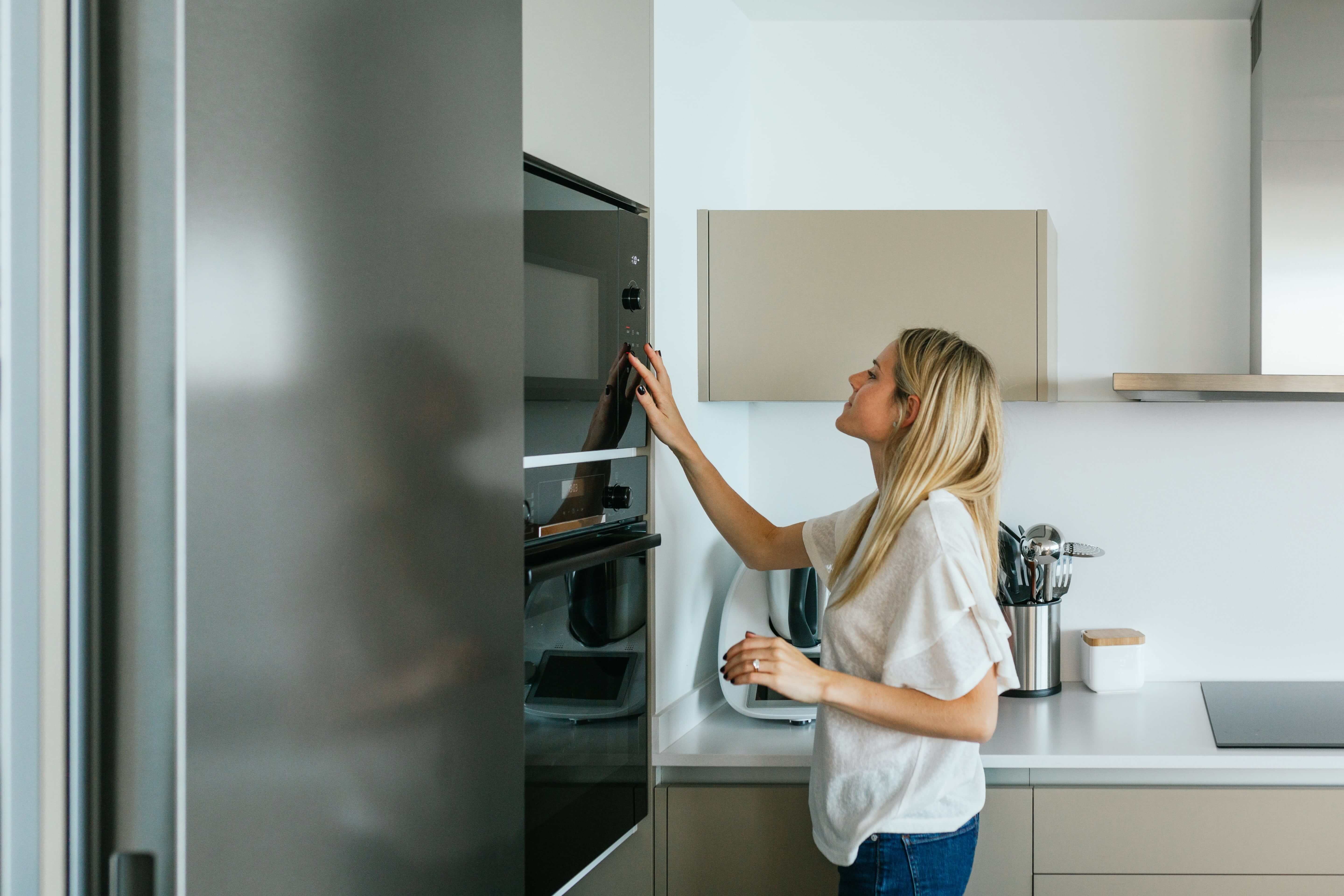In most homes, the biggest energy users are heaters, air conditioners and hot water systems. Together, they can account for over half of all energy used in the average Victorian home. On average, heating alone can cost up to $800 a year!
Knowing which appliances are using the most energy is key to making smart decisions that can save energy and money. By choosing energy-efficient appliances and practicing energy-saving habits, homeowners can lower their energy use, reduce bills and support a more sustainable future.
Heating and cooling
By far the biggest energy guzzler in most homes, heating and cooling accounts for around 40% of the average home’s energy bill. This makes it a great place to start when prioritising upgrades that could make a real difference to your bill.
Split systems are one of the most efficient heating and cooling options, using around a third of the energy of an electric space heater. This means you can reduce your heating and cooling costs and save on your energy bills.
Ensuring your home is well insulated and draught proofed is also key to retaining heat in winter and cool air in summer. A well-insulated home can save up to 50% on heating and cooling costs compared to a non-insulated home.
Hot water
The next biggest energy user, water heating accounts for around 15% of the average Victorian home’s energy costs.
Electric heat pump hot water systems are significantly more efficient than conventional hot water systems, using up to 80% less energy. This reduces running costs dramatically and can save households money over the long term. There are also government rebates available to help reduce the initial install costs.
The average lifespan of a hot water system is 12-13 years, so it pays to get prepared and start researching the best replacement options around the 10-year mark.
Cooking
Ovens, stovetops and microwaves typically don’t use a lot of energy. However, if the stove is your only gas appliance, the gas supply charges could make up a large chunk of your energy costs.
If this is the case for you, it might be worth replacing your gas stove with an electric induction cooktop. Not only could you scrap your gas bill altogether, but induction stoves are more energy efficient, can improve indoor air quality and are easier to clean.
Fridge and freezer
The fridge and freezer runs all day, every day, which makes it a constant energy user in the home.
New models tend to be more efficient than older fridge freezers, and energy star ratings on new appliances can help you buy more efficient models.
Day to day, make sure there’s no food or debris obstructing the door seals and don't leave doors open unnecessarily. The temperature can also affect the amount of energy the appliance uses: as a guide, setting the fridge to 3°C and the freezer to -18°C is a good balance between food safety and energy efficiency. The cooler you go, the more energy the appliance will use.
Washing machines and dryers
Laundry appliances, especially dryers, can use a lot of energy. Modern washing machines are built to use less water and energy, but drying clothes is still very energy intensive.
Front-load washing machines tend to be more water and energy efficient, while air-drying clothes is a free alternative to a dryer. Only use your washing machine or dryer when you have a full load and wash your clothes in cold water as this can save up to 10 times more energy than a warm wash.
Lighting
Changing your light bulbs is a simple and cost-effective way to save energy as LED light bulbs use much less energy than incandescent bulbs. And don’t forget to turn off the lights when you leave the room.
Electronics
Electronics such as televisions, computers, home office equipment, gaming consoles and other home entertainment equipment use relatively little energy. However, over time, they can add up.
Even on standby, appliances that are switched on at the wall socket can use a bit of electricity. So it pays to get in the habit of turning them off at the wall when you’re not using them.
What’s powering your appliances?
In Victoria, over 80% of households use gas for cooking, heating and/or hot water. Those are some of the most power-hungry appliances in the home.
While gas has historically been cheaper than electricity, it is now typically cheaper to power your home with electricity than gas. Plus, gas-powered appliances are generally less efficient than electric, meaning they cost more to run.
Households that have both gas and electricity also have to pay two energy bills, including two lots of supply charges.
Go all-electric and consolidate your energy bills
Swapping old gas appliances for efficient electric alternatives when they reach their end of life can save households money over the long term. The Victorian Government estimates an existing home with solar panels could save around $2000 a year on energy bills by switching from gas to electricity.
All-electric homes are more efficient, cost less to run and have just one energy bill. They also produce fewer carbon emissions and are better for our health.
Learn more about going all-electric, why households are phasing out gas and whether you should start thinking about electric appliances for your home.
